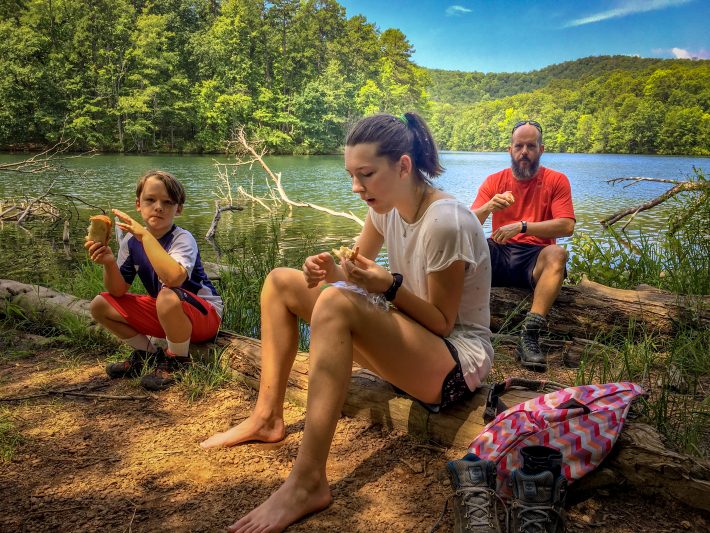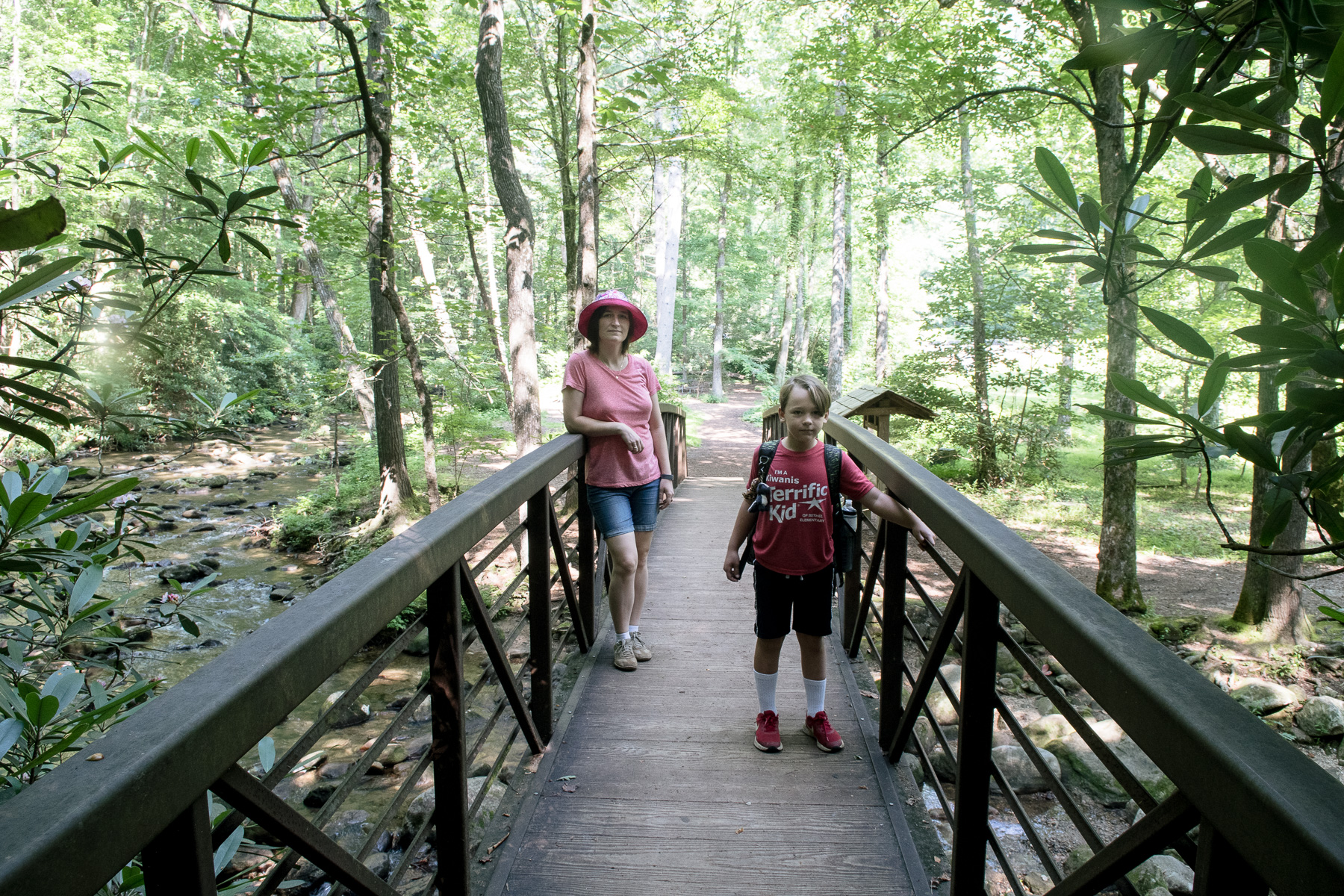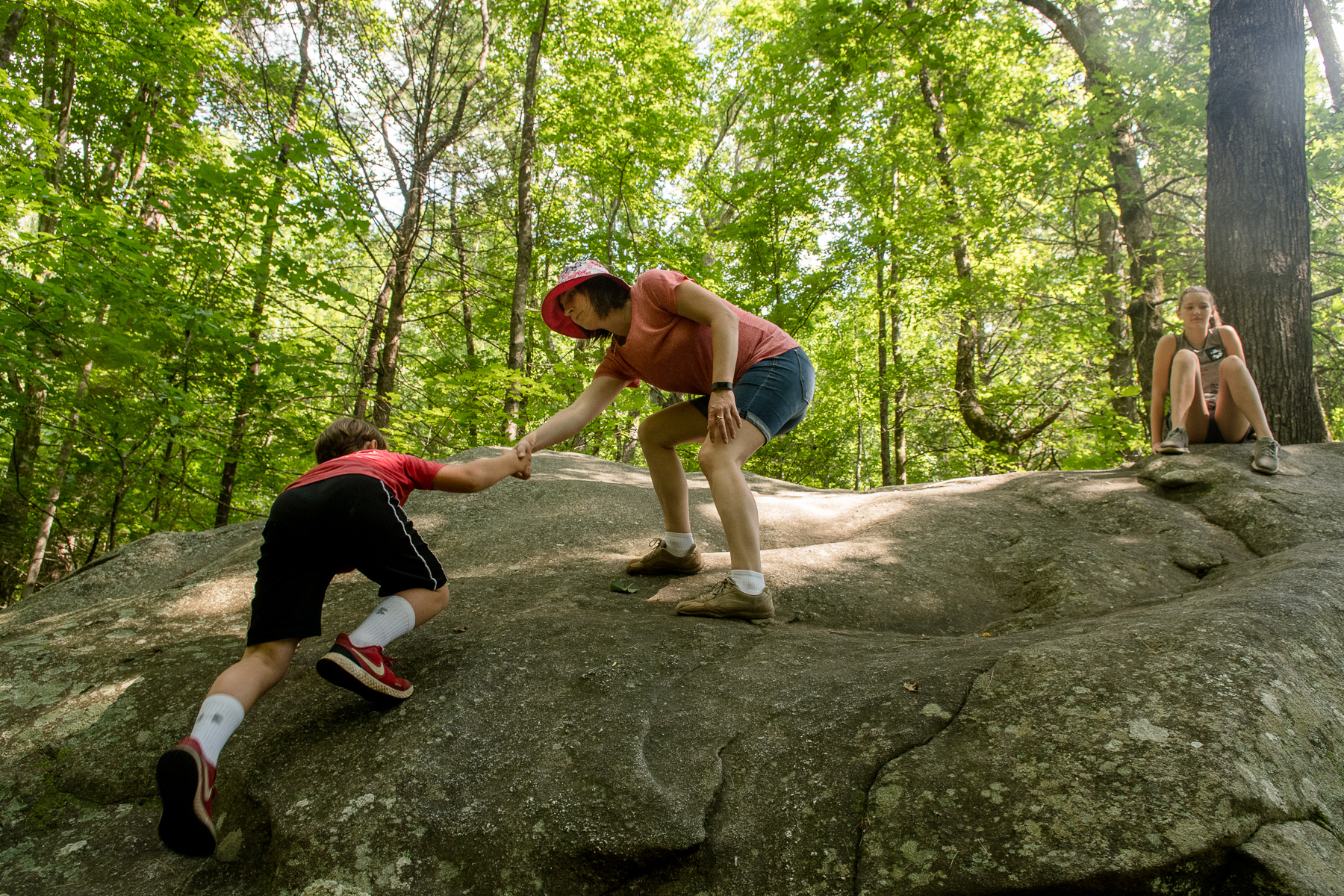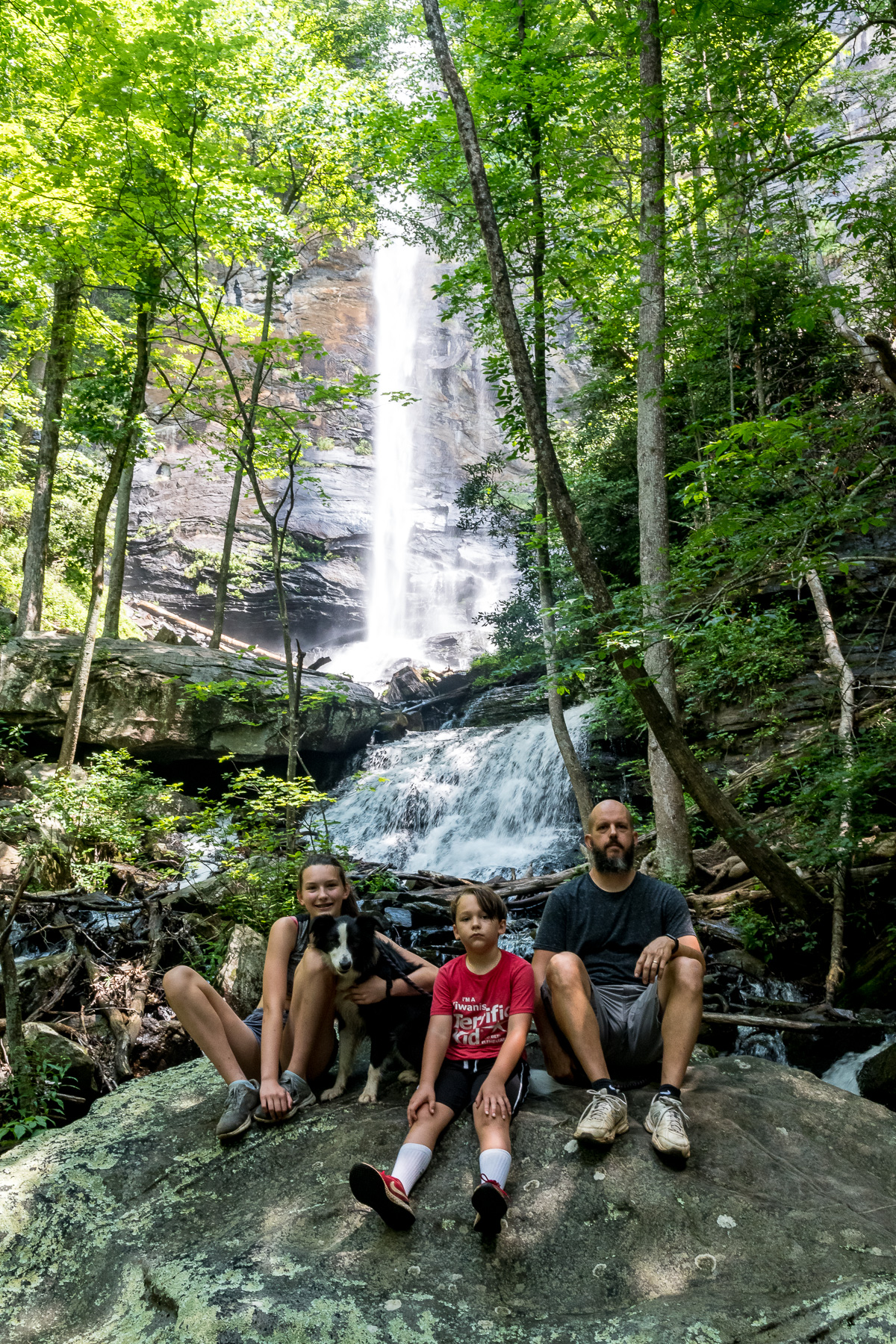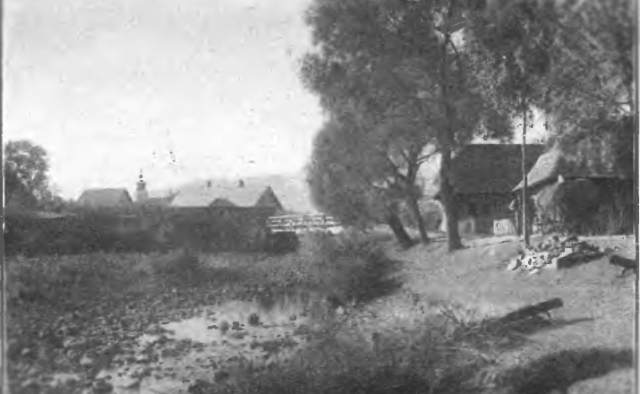
A significant portion of our lives is involved in taking back to the outside the dirt we drag inside. When you have a cat and a dog, there’s even more to contend with. When you have an eight-year-old boy, that grows yet again.

So today, the Boy and I took on his room, something that we’ve neglected for far too long. Sure, we’ve done some mild interventions, but nothing like today: everything gets dumped out; everything gets rearranged; everything gets cleaned.






